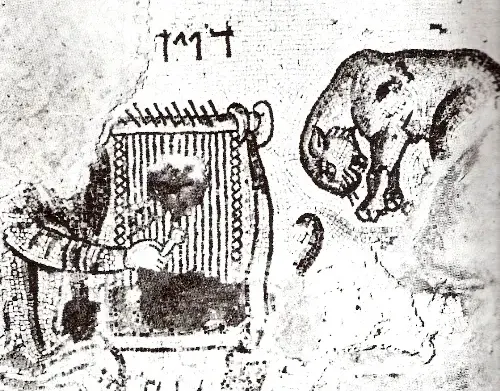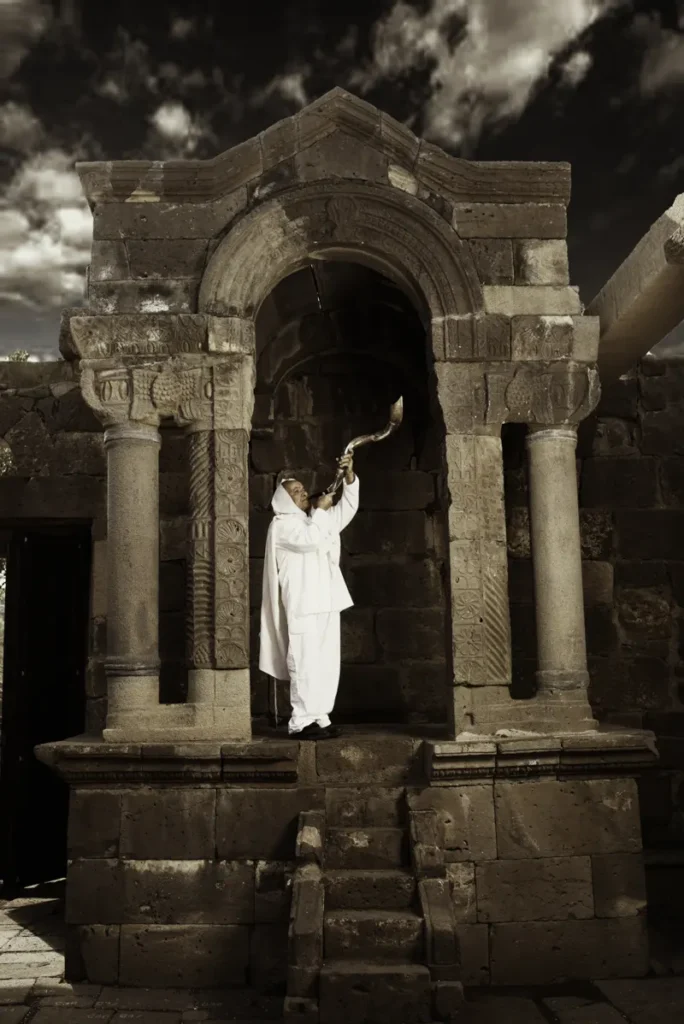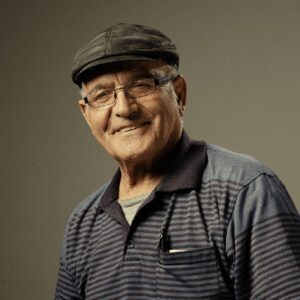Singing and music occupy a place of honor in our sources, therefore, the shofar as a musical instrument during events and is mentioned many times in the Bible.
The first time we find the instrument is in the book of Genesis, the person who began to play was Jubal, about whom it is written that he was: “he was the father of all such as handle the harp and pipe.” (Genesis 4:21).
For example, the prophet Elisha to the king of Israel “But now bring me a minstrel.’ And it came to pass, when the minstrel played, that the hand of the God came upon him.” (2 Kings 3:15).
Part of the duties of the Levites in the Temple was playing music and singing. They would play the song of the day every day and on the various holidays.
Various musical instruments are mentioned in the Bible, some more well known and some less well known. The harp, the violin, the organ, the drum, as well as lesser known instruments such as: minim, shema bells, yiddon, gith and more…
Among the musical instruments were wind instruments mainly the trumpets but also the shofar as a musical instrument. The shofar is one of the earliest musical instruments and the shofar was made from the horns of a ram, or from the horns of other kosher animals except a cow or a bull.
After the destruction of the Second Temple, the shofar remained as a musical instrument that was used on various occasions. Whether in happy events or in times of trouble and disaster.

The shofar is one of the natural musical instruments and is actually a sound-producing instrument, and a few tones can be produced from it. The shofar is usually blown in three types of sounds, and they are:
The different types of voices in humans are: howling, crying, moaning and sighing. Some associate the sound of Tekiaa as a symbol of joy and mercy and the Sevarim and Teruaa as a symbol of sorrow and grief.
And when ye go to war in your land against the adversary that oppresseth you, then ye shall sound an alarm with the trumpets; and ye shall be remembered before the LORD your God, and ye shall be saved from your enemies. Also in the day of your gladness, and in your appointed seasons, and in your new moons, ye shall blow with the trumpets over your burnt-offerings, and over the sacrifices of your peace-offerings; and they shall be to you for a memorial before your God: I am the LORD your God. (Book Of Numbers 10,9) There are interpretations that the mentioned trumpet was also made from a horn, and even associate the trumpets with a Yemeni shofar curled from a kudu horn with which more sounds can be produced.
The shofar became a symbol in the synagogue in mosaics in synagogues from the Mishna and Talmudic periods and is always next to the menorah and the four minim.
King David who played before Saul is also mentioned during the bringing of the Ark of the Covenant to Jerusalem playing the shofar in that joyous procession. And David was clothed with a robe of fine linen, and all the Levites that bore the ark, and the singers, and Chenaniah the master of the singers in the song; and David had upon him an ephod of linen. Thus all Israel brought up the ark of the covenant of the LORD with shouting, and with sound of the horn, and with trumpets, and with cymbals, sounding aloud with psalteries and harps. (1 Chronicles 15 27-28)
Hallelujah. Praise God in His sanctuary Praise Him with the blast of the horn; praise Him with the psaltery and harp. (Psalms 150 1-3)
Sing aloud unto God our strength; shout unto the God of Jacob. ake up the melody, and sound the timbrel, the sweet harp with the psaltery. Blow the horn at the new moon, at the full moon for our feast-day. (Psalms 81 2-4)
Even in the later periods, they used to blow the shofar during the Simcha, and in some communities they used to blow the shofar during the rounders on Hoshana Rabbah and Simchat Torah.
Today, in many wedding ceremonies or bar mitzvahs, it is customary to blow the shofar as part of the accepted ceremony.


The Shofars at Kol Shofar are meticulously handcrafted in our family workshop, paying maximum attention to the highest level of quality, to Kashrut, ease of blowing, cleanliness and producing a special sound. Our customers say they can recognize our Shofars immediately anywhere in the world, due to our unique handprint.
אתר זה משתמש בקובצי Cookie ואוסף מידע שיאפשר לנו לשפר את חוויית הגלישה שלך באתר. על ידי לחיצה על “אישור” אתה מסכים לשימוש בקובצי Cookie ולמדיניות הפרטיות שלנו. אם תרצה, תוכל להשבית קובצי Cookie בהגדרות הדפדפן שלך. למידע נוסף, עיין במדיניות הפרטיות ובתקנון שלנו.
